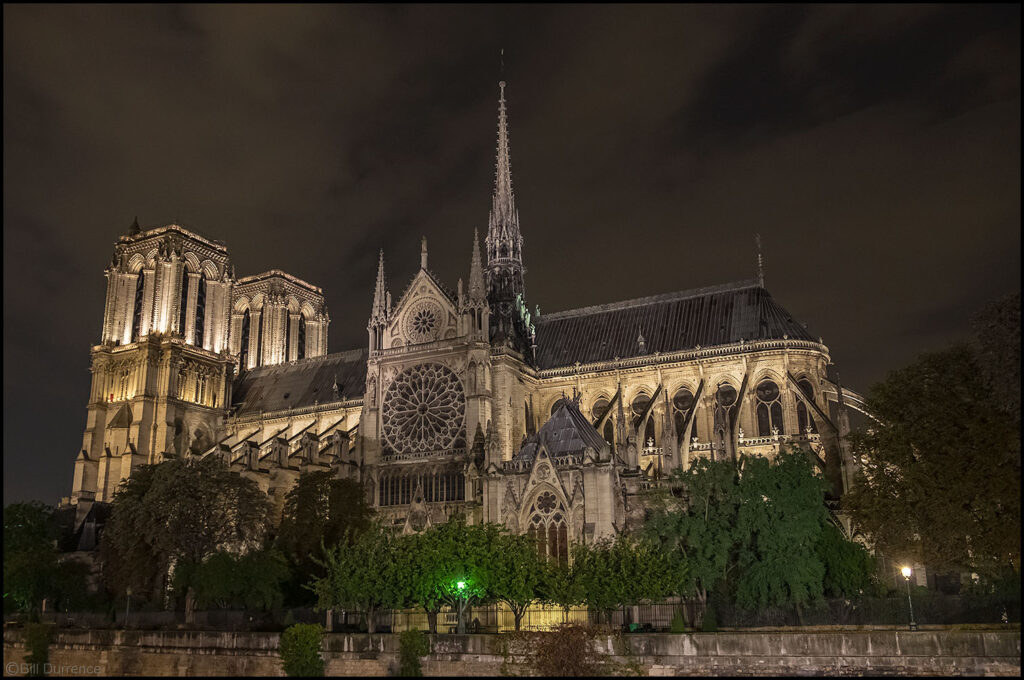Paris, 2016

In 1988 I was hired by Nikon USA to work in their Nikon Professional Services department (NPS). I was one of about a dozen “tech reps” scattered around the US with the broad job description of working with the professional market–the photographers for newspapers and magazines, commercial studios, hospitals and medical schools, freelancers, etc.–to spread the gospel according to Nikon. Not to sell, but just to educate heavy, high-end users on ways to get the most out of the gear we made, calling on their businesses, and staffing media depots for loaning and repairing equipment at major media and sports events.
Within a week of starting work, the company introduced the N8008, which I think was the most revolutionary camera since George Eastman made his Kodak camera, pre-loaded with a 100 exposure roll of film, in 1888. Suddenly we had to train the market on a new concept: Matrix Balanced Fill-Flash; and a whole new way of using the camera. It was not the first auto focus camera, but the first that could regularly satisfy professional needs. In the milliseconds between pressing the shutter button and the shutter curtain opening and recording the image, the camera could focus the lens, calculate a sophisticated exposure based on referencing a database of 1000s of photographs, and modulate the flash output to look like natural light, softly opening the shadows, with little or no effect on the highlights.
A question one of my colleagues asked at the time was, “Who trains the trainers?” It was a turbulent few years, trying to learn the rapidly evolving technology, at a minimum a precursor of AI, and teach it at the same time. It was a bumpy road sometimes, but an amazing education, and looking back, it was a blast and I’m so glad I was there.
Before this technology was incorporated into automatic (and user modifiable) functions, using a flash well was complicated, leading to an attitude by many if not most serious photographers illustrated by an oft repeated phrase, “I only shoot available light, but sometimes the only light I have available is my flash.” Using the flash was a last resort.
These days I’ll use flash when it can help, but I’m still looking for the “available light” option, and sometimes that is temporal. And for some subjects, it would be hard to have enough flash. If you stand on the left bank of the Seine, across from Notre Dame, after dark, and wait…a Bateaux Mouches will be along shortly, brightly lighting up the cathedral. Be ready, composition already framed up and focused, shoot fast and continuously. As the barge moves, the lighting will move across the architecture revealing different nooks and crannies.
For more of Bill’s photographs, go to https://www.billdurrence.com/index
